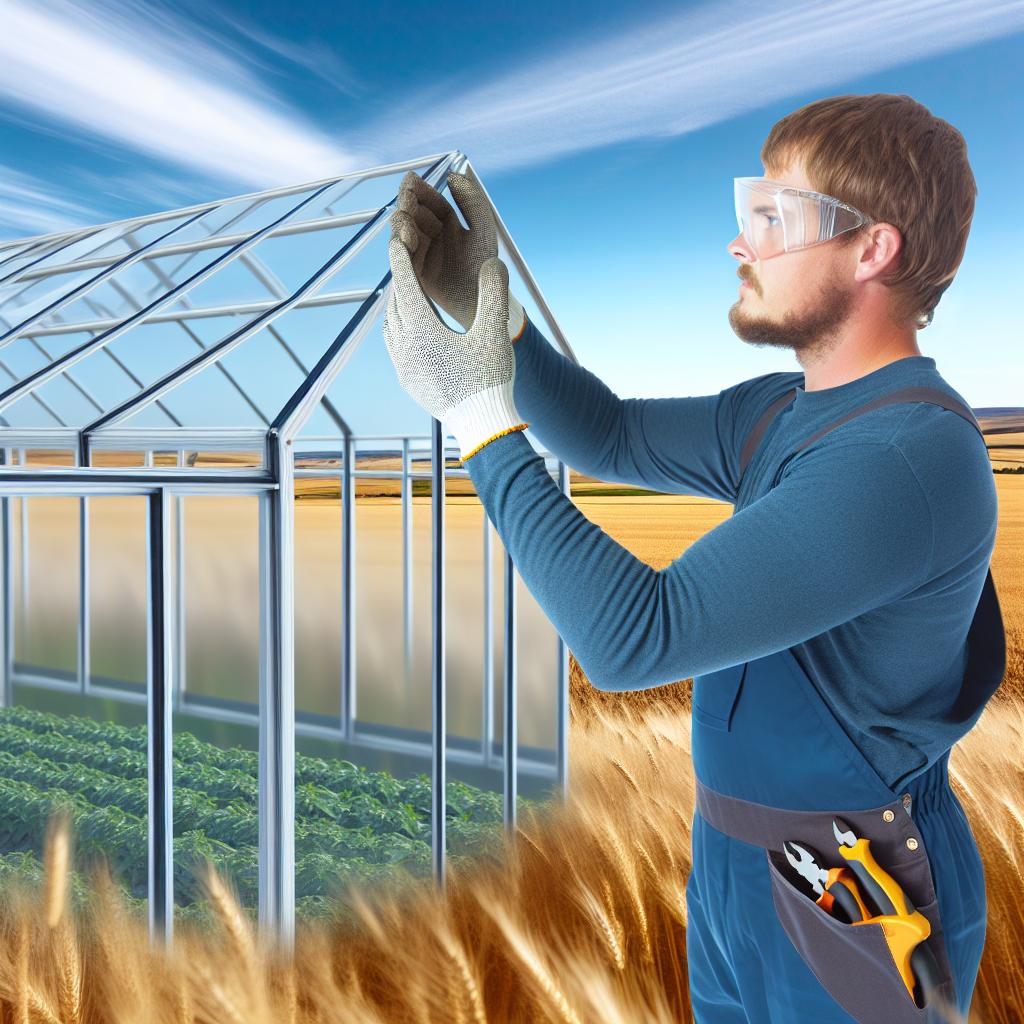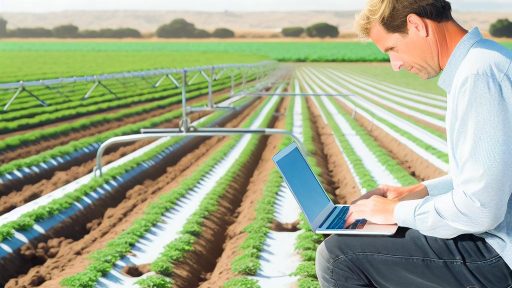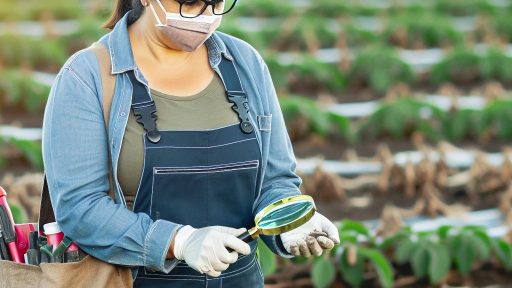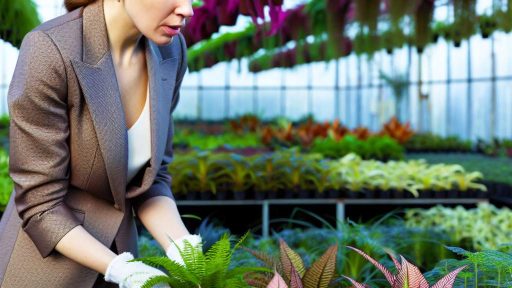Understanding Different Types of Greenhouses
Traditional Glass Greenhouses
Traditional glass greenhouses offer excellent light transmission.
They work well in cooler climates due to superior heat retention.
However, they can be costly to build and maintain.
Glass can be fragile, requiring careful handling during installation.
Additionally, they may not provide the best insulation.
Polycarbonate Greenhouses
Polycarbonate greenhouses are a popular alternative to glass.
They provide good insulation and are more durable than glass.
Due to their lightweight nature, they are easier to install.
They also offer UV protection, extending plant growth periods.
However, they can become discolored over time, affecting aesthetics.
Polyethylene Greenhouses
Polyethylene greenhouses represent a cost-effective choice for many investors.
The materials are lightweight and easy to set up.
One major advantage is their flexibility in design.
However, they typically have a shorter lifespan compared to glass options.
Also, they require regular replacement to maintain efficiency.
Transform Your Agribusiness
Unlock your farm's potential with expert advice tailored to your needs. Get actionable steps that drive real results.
Get StartedHoophouse and High Tunnel Structures
Hoophouses are a form of unheated greenhouses.
They use a plastic cover supported by a series of hoops.
They provide protection from cold temperatures and pests.
These structures are usually less expensive to construct.
However, they may not provide year-round growing conditions.
Smart Greenhouses
Smart greenhouses integrate technology for optimal growth.
They utilize sensors to monitor temperature and humidity levels.
This data allows for automated environmental adjustments.
Investors benefit from improved crop yields and efficiency.
However, setup costs can be higher due to sophisticated systems.
Choosing the Right Greenhouse
Consider your regional climate when selecting a greenhouse type.
Assess your budget to determine feasible construction options.
Think about the crops you plan to grow for better compatibility.
Furthermore, consider space availability and local regulations.
Your choice of greenhouse can significantly impact your investment success.
Site Selection and Preparation
Key Factors for Successful Greenhouse Placement
Selecting the right site is crucial for greenhouse success.
Start by evaluating the local climate and weather patterns.
Next, consider soil quality for optimal plant growth.
Additionally, assess the availability of sunlight for your greenhouse.
Choose a location with adequate drainage to prevent waterlogging.
Ensure the site has access to necessary utilities like water and electricity.
Prioritize proximity to markets for convenient distribution.
Consider zoning regulations before finalizing your site choice.
Finally, analyze potential pest and disease threats in the area.
Showcase Your Farming Business
Publish your professional farming services profile on our blog for a one-time fee of $200 and reach a dedicated audience of farmers and agribusiness owners.
Publish Your ProfileSite Preparation Steps
Begin with clearing the selected site of any debris and vegetation.
Next, conduct soil testing to determine pH and nutrient levels.
Amend the soil based on test results to improve fertility.
Also, plan for proper irrigation systems for consistent watering.
Consider installing windbreaks to shield the greenhouse from strong winds.
Ensure the ground is level to provide a stable foundation.
Allocate space for expansion if future growth is anticipated.
Finally, confirm that the site complies with all local regulations.
Materials and Costs
Evaluating Budget-Friendly Options for Greenhouse Construction
Choosing the right materials significantly impacts your greenhouse’s cost and longevity.
Start by researching various options available in the market.
Consider using polycarbonate panels for excellent insulation and durability.
Polyethylene film is another cost-effective and lightweight choice.
Frame materials like galvanized steel or aluminum provide robust support.
Wood can be a more natural alternative, but it requires careful maintenance.
Transitioning to cost evaluation, it’s essential to analyze your overall budget.
Identify how much you can allocate for the greenhouse project.
Gather multiple quotes from local suppliers to compare prices.
Look for bulk purchasing discounts for materials like panels and frames.
Consider whether selecting used materials can further reduce costs.
Also, factor in long-term maintenance costs when deciding on materials.
This approach ensures you make informed choices that align with your finances.
Assessing Construction Costs
Understanding the construction costs is vital for a successful project.
Estimate labor costs based on your locality and project size.
Evaluate if you can undertake any tasks yourself to save on labor expenses.
Additionally, calculate any other costs like permits or site preparation.
Consider hiring an experienced contractor for more complex greenhouses.
Look for professionals who offer budget packages without compromising quality.
Moreover, investing in energy-efficient designs might save money over time.
Focus on tools and equipment necessary for greenhouse construction.
Instead of buying brand new tools, consider renting or borrowing.
In the end, plan your finances to ensure a seamless construction experience.
Potential Financial Assistance and Grants
Investigate available grants or financial assistance for greenhouse projects.
Many agricultural programs support new farmers with funding opportunities.
Check with local agricultural extensions or state programs for guidance.
They can provide insights into both state and federal resources.
Explore nonprofit organizations offering grants or interest-free loans.
They often target sustainable agriculture initiatives to support small businesses.
Applying for these funds early can help with budgeting your project.
Understanding the financial landscape will empower your investment decisions.
Uncover the Details: Harvesting Methods for Diversified Farmland Investments
Showcase Your Farming Business
Publish your professional farming services profile on our blog for a one-time fee of $200 and reach a dedicated audience of farmers and agribusiness owners.
Publish Your ProfileClimate Control Systems: Essential Technologies for Optimizing Growth
The importance of climate control systems is evident in any greenhouse operation.
These systems create an environment conducive to plant growth.
Effective systems regulate temperature, humidity, and light.
This regulation minimizes stress on crops, ensuring optimal yield.
Types of Climate Control Systems
Several systems are commonly used in greenhouse construction.
Heating systems help maintain warm temperatures during colder months.
Cooling systems provide relief during hot summer days.
Ventilation systems facilitate airflow, which is crucial for plant health.
Moreover, light management technologies enhance photosynthesis.
Finally, humidity controls prevent mold and diseases.
Heating Systems
Heating systems are essential for maintaining plant viability in winter.
These systems may include gas, electric, or hot water heating options.
Gas heaters are popular for their efficiency and cost-effectiveness.
Heat distribution methods can include radiant heat or forced air.
Both methods ensure even temperature distribution throughout the greenhouse.
Cooling Systems
Cooling systems are equally important for summer months.
Evaporative cooling units efficiently lower greenhouse temperatures.
These units work by pulling air through wet pads to cool the air.
Shade structures can also reduce heat buildup inside the greenhouse.
Additionally, exhaust fans remove warm air, promoting cooler conditions.
Ventilation Systems
Proper ventilation ensures adequate airflow in the greenhouse.
Natural ventilation utilizes roof and side vents to facilitate air exchange.
Fans may also be used to enhance air movement whenever necessary.
This circulation helps prevent overheating and humidity buildup.
Furthermore, it allows for the introduction of fresh air.
Light Management Technologies
Light management technologies optimize sunlight usage inside the greenhouse.
Grow lights supplement natural lighting during shorter days.
They can be full-spectrum, targeting specific plant needs.
Adjustable shading systems help minimize excessive light exposure.
These technologies ultimately enhance photosynthesis efficiency.
Humidity Control
Humidity control is crucial for preventing plant diseases.
Dehumidifiers help maintain optimal moisture levels in the air.
This control prevents conditions that promote mold growth.
Regular monitoring ensures consistency in humidity levels.
Proper humidity also supports healthy plant transpiration.
You Might Also Like: Long-Term Weed Prevention Techniques for Large Landowners
Structural Design Considerations
Choosing the Right Materials
Selecting durable materials is crucial for greenhouse construction.
Consider options such as aluminum, steel, and wood.
Each material offers different strengths and weaknesses.
Aluminum is lightweight and resistant to corrosion.
Showcase Your Farming Business
Publish your professional farming services profile on our blog for a one-time fee of $200 and reach a dedicated audience of farmers and agribusiness owners.
Publish Your ProfileSteel provides superior strength but may need treatment to prevent rust.
Wood has aesthetic appeal but requires regular maintenance.
Understanding Structural Loads
Every greenhouse must support various loads effectively.
These include the weight of plants, equipment, and climatic factors.
Wind load and snow load are significant considerations in many areas.
Ensure that design accounts for local environmental conditions.
This approach minimizes risk during extreme weather events.
Optimizing Space and Layout
Efficient layout contributes to a productive greenhouse environment.
Utilize vertical space for growing more plants per square foot.
Consider multiple tiers or shelves to maximize growing areas.
Design pathways to facilitate easy access to plants and equipment.
Easy movement enhances workflow and improves plant care.
Ventilation and Lighting Considerations
Proper ventilation is vital for maintaining optimal growing conditions.
Incorporate automatic vents to regulate temperature effectively.
Position vents in areas that maximize airflow throughout the structure.
Lighting is another important aspect of greenhouse design.
Use natural light to reduce energy costs and improve plant growth.
Consider supplemental lighting for winter months or shaded areas.
Integrating Sustainability Features
Sustainable practices can enhance greenhouse function.
Consider rainwater harvesting systems to conserve water resources.
Implementing solar panels can reduce energy dependence.
Explore geothermal heating as an efficient climate control method.
These options contribute to a healthier, more eco-friendly operation.
Gain More Insights: Satellite Imagery Analysis For Sustainable Farmland Purchase Decisions

Irrigation and Water Management: Best Practices for Greenhouse Operations
Understanding Water Needs
Greenhouses require careful water management for optimal plant growth.
Different plants have varying water needs throughout their lifecycle.
Regular assessment of moisture levels helps ensure plants thrive.
Choosing an Efficient Irrigation System
Select an irrigation system that suits your greenhouse’s layout and crop type.
Drip irrigation is highly efficient and minimizes water wastage.
Consider overhead irrigation for larger crops or expansive greenhouse layouts.
Automated systems can save time and ensure consistent watering.
Implementing a Water Conservation Strategy
Water conservation is crucial for sustainable greenhouse operations.
Collect rainwater for irrigation to supplement main water sources.
Utilize moisture sensors to trigger irrigation only when needed.
Recycling water through filtration systems can greatly reduce usage.
Monitoring Water Quality
Regularly test water quality for pH and nutrient content.
Ensure the water source is free from contaminants.
Adjust water chemistry as needed to promote healthy plant growth.
Seasonal Adjustments in Water Management
Adapt irrigation practices based on seasonal changes in weather.
Increase watering frequency during hot weather to prevent stress.
Showcase Your Farming Business
Publish your professional farming services profile on our blog for a one-time fee of $200 and reach a dedicated audience of farmers and agribusiness owners.
Publish Your ProfileReduce watering in cooler months when plant transpiration slows.
Training and Educating Staff
Proper training helps staff understand irrigation best practices.
Encourage team members to monitor plants for signs of distress.
Establish a routine for regular water audits to assess practices.
Learn More: Organic Weed Control Solutions for Sustainable Farming
Choosing the Right Crops
Assessing Market Demand
Understanding market demand is crucial for successful crop selection.
Begin by conducting thorough market research.
This research should highlight current trends in local and global markets.
Additionally, engage with local farmers to gather insights.
Attend agricultural fairs to observe popular crops and products.
Online forums and social media groups can also provide valuable information.
After gathering data, analyze what crops have consistent demand.
Look for gaps in the market where potential profit exists.
By following these steps, you will understand what consumers want.
Identifying Environmental Suitability
Next, assess the environmental conditions of your farmland.
Consider factors such as soil type, climate, and water availability.
Conduct soil tests to determine nutrient levels and pH balance.
Evaluate the local climate patterns, including temperature and rainfall.
Check for areas prone to pests or diseases that could affect growth.
Research which crops thrive under your specific environmental conditions.
By matching crops to their ideal growing environment, you increase yields.
Combining Market Insights with Environmental Data
Combine your market research with environmental assessments.
This will help identify crops that are not only in demand but also suited to your farmland.
Consider starting with a few test crops to minimize risk.
Monitor their growth and market response closely.
Adjust your planting strategy based on real-time results.
Iterate on your choices as you gain more experience.
This approach balances profitability and sustainability effectively.
As a result, you can build a lucrative farming operation.
Sustainability Practices
Implementing Eco-Friendly Solutions in Greenhouse Design
Eco-friendly greenhouse design promotes a sustainable farming approach.
First, consider using recyclable materials for construction.
Materials like bamboo and recycled metal enhance sustainability.
Furthermore, these materials can reduce the carbon footprint of your greenhouse.
Energy Efficiency
Energy-efficient systems are crucial for modern greenhouses.
Solar panels can significantly lower electricity costs.
Moreover, energy-efficient LED lights consume less power.
These lights also provide optimal growth conditions for plants.
Water Conservation Techniques
Water conservation is vital in sustainable greenhouse practices.
Implement rainwater harvesting systems to collect and store water.
Drip irrigation systems ensure efficient water use for plants.
Showcase Your Farming Business
Publish your professional farming services profile on our blog for a one-time fee of $200 and reach a dedicated audience of farmers and agribusiness owners.
Publish Your ProfileThese methods help reduce overall water consumption significantly.
Natural Pest Management
Consider integrating natural pest management methods.
Introduce beneficial insects like ladybugs to control pests naturally.
Additionally, companion planting can deter unwanted pests.
These strategies minimize the need for chemical pesticides.
Encouraging Biodiversity
Designing greenhouses to support biodiversity is essential.
Include flowering plants to attract pollinators.
These plants enhance pollination rates and crop yields.
Creating a habitat for various species encourages ecological balance.
Continuous Education and Improvement
Stay updated on sustainability trends in greenhouse design.
Participate in workshops and seminars on eco-friendly practices.
Furthermore, collaborate with local agricultural organizations.
This engagement fosters the exchange of innovative ideas.




